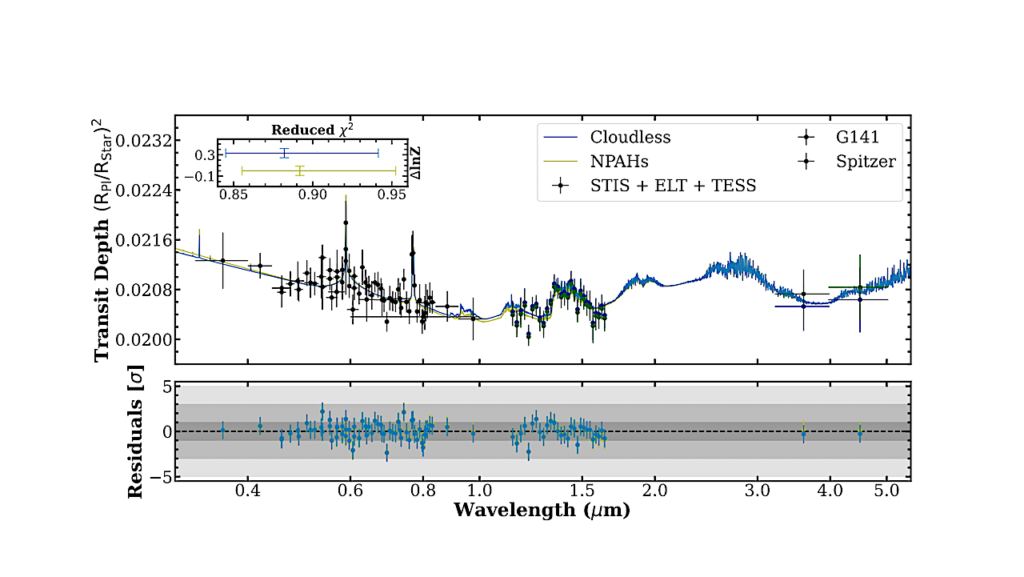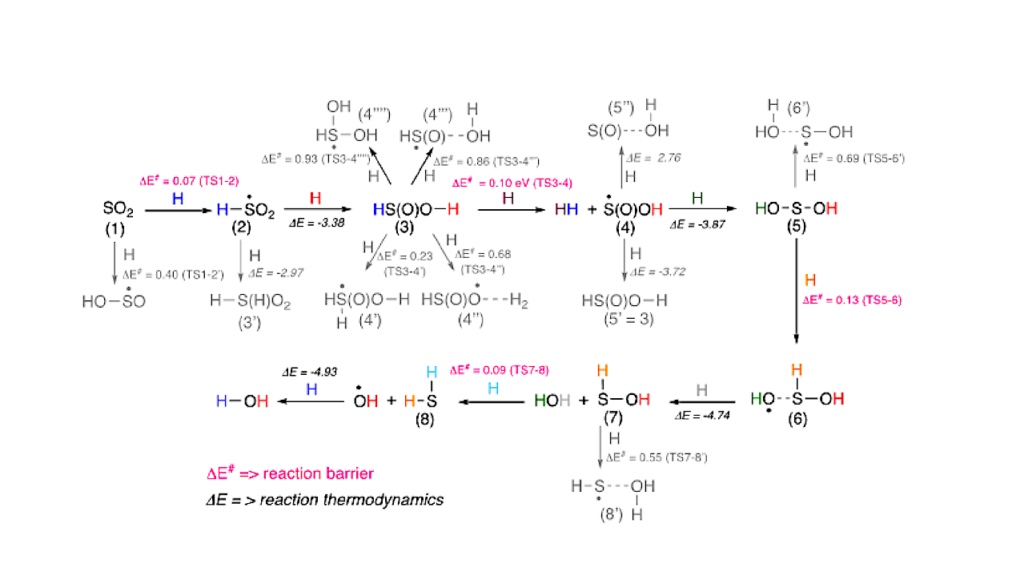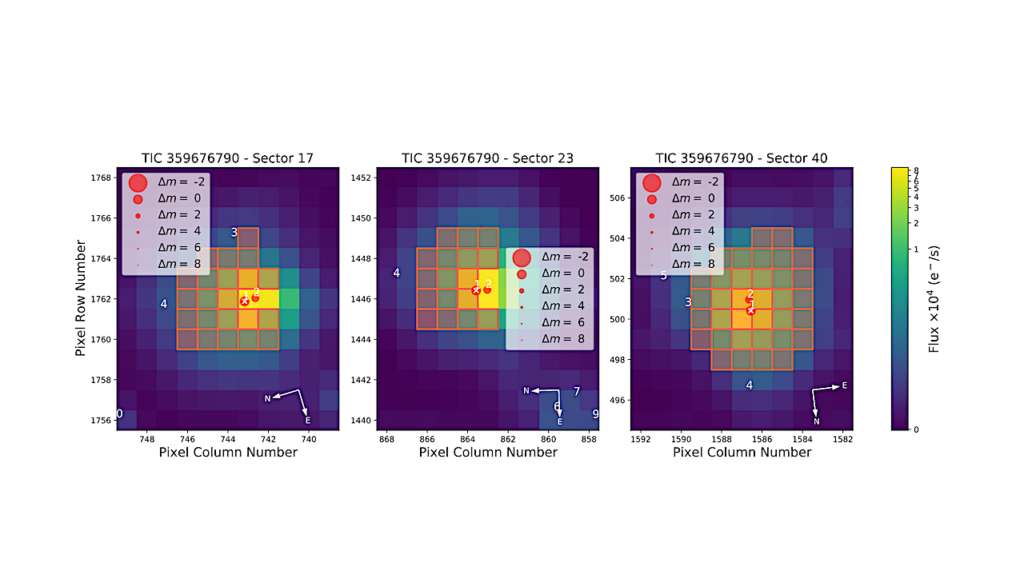Low-mass Planets Falling Into Gaps With Cyclonic Vortices

We investigate the planetary migration of low-mass planets (Mp∈[1,15]M⊕, here M⊕ is the Earth mass) in a gaseous disc containing a previously formed gap. We perform high-resolution 3D simulations with the FARGO3D code. To create the gap in the surface density of the disc, we use a radial viscosity profile with a bump, which is maintained during the entire simulation time.
We find that when the gap is sufficiently deep, the spiral waves excited by the planet trigger the Rossby wave instability, forming cyclonic (underdense) vortices at the edges of the gap. When the planet approaches the gap, it interacts with the vortices, which produce a complex flow structure around the planet.
Remarkably, we find a widening of the horseshoe region of the planet produced by the vortex at the outer edge of the gap, which depending on the mass of the planet differs by at least a factor of two with respect to the standard horseshoe width. This inevitably leads to an increase in the corotation torque on the planet and produces an efficient trap to halt its inward migration. In some cases, the planet becomes locked in corotation with the outer vortex.
Under this scenario, our results could explain why low-mass planets do not fall towards the central star within the lifetime of the protoplanetary disc. Lastly, the development of these vortices produces an asymmetric temporal evolution of the gap, which could explain the structures observed in some protoplanetary discs.
Raúl O. Chametla, F. J. Sánchez-Salcedo, Mauricio Reyes-Ruiz, Carlos Carrasco-González, Ondrej Chrenko
Comments: 17 pages, 20 figures, accepted for publication in MNRAS
Subjects: Earth and Planetary Astrophysics (astro-ph.EP)
Cite as: arXiv:2406.12813 [astro-ph.EP] (or arXiv:2406.12813v1 [astro-ph.EP] for this version)
https://doi.org/10.48550/arXiv.2406.12813
Focus to learn more
Submission history
From: Raul Ortega Chametla
[v1] Tue, 18 Jun 2024 17:30:37 UTC (21,819 KB)
https://arxiv.org/abs/2406.12813
Astrobiology








